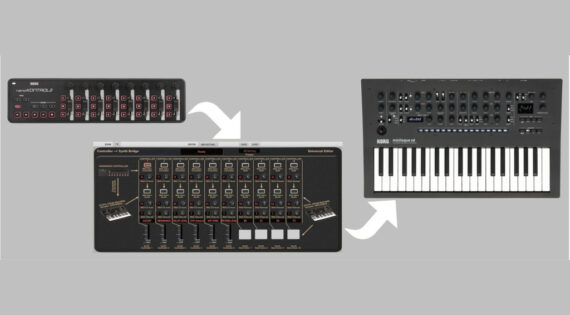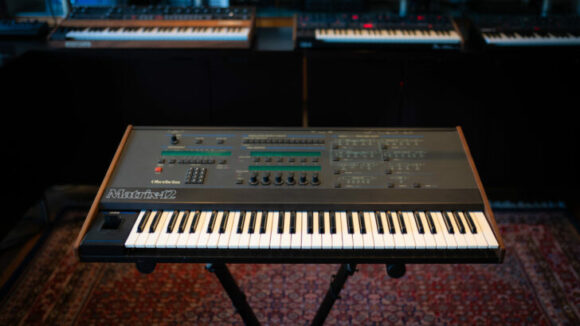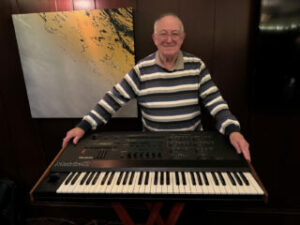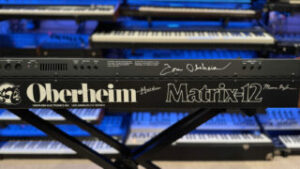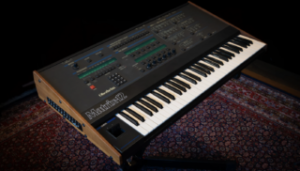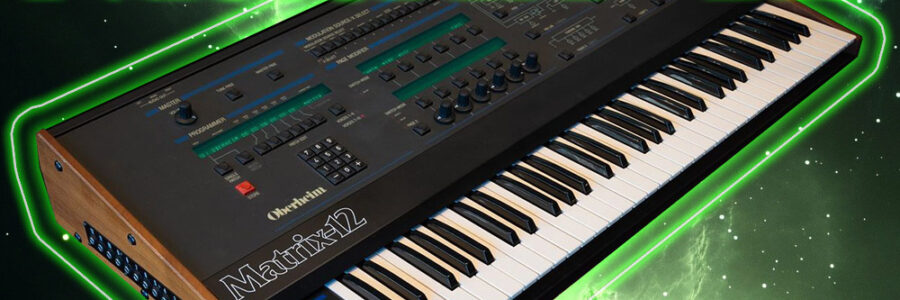BBC Radiophonic Workshop – Electronic Music History, Reimagined! Now Available
Spitfire Audio’s latest instrument captures the sound of the Radiophonic Workshop, the hugely influential BBC department “purely for making bonkers noises”
The BBC Radiophonic Workshop was a department at the British Broadcasting Corporation that not only produced electronic sound effects and music for beloved shows such as Doctor Who and Tomorrow’s World, but also played host to some of the most influential innovators in early electronic music.
Set up by pioneering noisemaker Daphne Oram, the Workshop acted as a centre for creative and technological experimentation over four decades, before closing shop in 1998. Since then, the Workshop’s archives have been quietly gathering dust at the BBC’s Maida Vale Studios: until now.
New Sound Library Brings BBC Radiophonic Workshop To Your DAW
With unprecedented access to the BBC Radiophonic Workshop’s archives, tools and hardware, Spitfire Audio has developed a sample library made up of authentic sounds from this vast archive of sonic experimentation. A diverse collection of one-shots, loops and multi-samples that features vintage synths, tape loops, found sounds and long-forgotten archival content, the library has been bolstered by the addition of new recordings made by a number of Workshop members and associates.
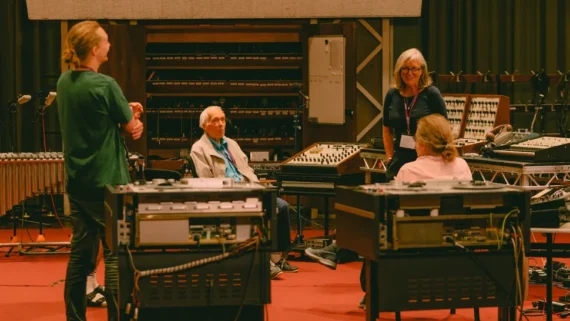
The library is divided into six sections – Archive Content, Found Sounds, Junk Percussion, Tape Loops, Synths and Miscellany – and contains sounds from an array of vintage kit that belonged to the Workshop, including an EMT turntable and Rogers loudspeakers made especially for the BBC, Maida Vale’s plate and spring reverbs, along with modular synthesizers, tape machines, an EMS Vocoder, Roland Vocoder SVC-350 and an Eventide H-3000.
The recordings can be played, sequenced, and processed via Spitfire’s SOLAR engine, which lets you blend, pitch-shift and filter the instrument’s hundreds of presets using its high- and low-pass filters and shape them using its dual ADSR envelopes. There is also an array of effects on board that includes delay, reverb, chorus, flanger, phaser and distortion.
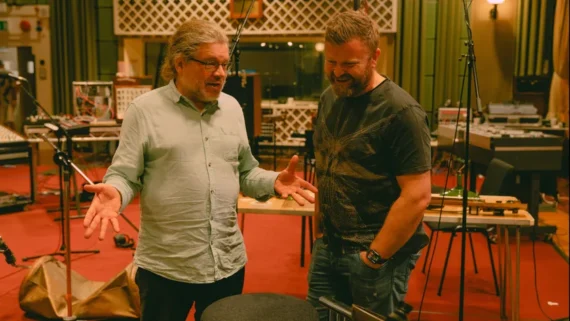
“As a kid born in the 1960s, I realised there was a department at the BBC that was purely for making bonkers noises. It blew my mind!”, said composer, sound designer and Radiophonic Workshop archivist Mark Ayres.
“I’m the youngest member of the core Radiophonic Workshop – and I’m 64! We’re not going to be around forever. It was really important to leave a creative tool, inspired by our work, for other people to use going forward. I hope we’ve made an instrument that will inspire future generations.”

Features:
- Authentic sounds from the BBC Radiophonic Workshop archives.
- Deeply sampled one-shots, loops, and multi-samples.
- New recordings and experiments by Workshop members and associates.
- Spitfire Audio’s powerful SOLAR engine with gate sequencer and vast effects suite.
- Wide range of sounds, including archival content, found sounds, junk percussion, tape loops, and vintage synthesisers.
- 13 different signal chains used for sound capture.
Spitfire Audio BBC Radiophonic Workshop VST is available now priced at an introductory discount of £119/€143/$159 until 6 March (normally £149/€179/$199).
Find out more on Spitfire Audio website.

